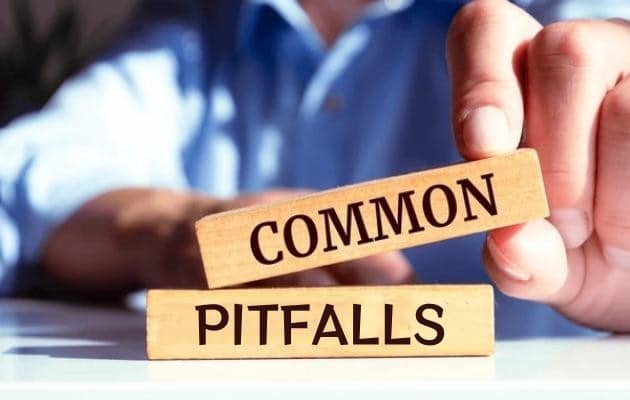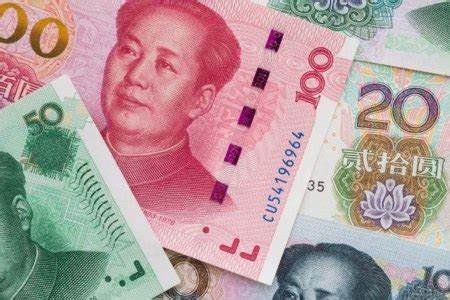The Fantasy Premier League (FPL) is a captivating game of strategy, where managers meticulously assemble their squads, anticipating player performances and navigating the ever-shifting tides of player prices. Understanding the intricacies of FPL price changes is crucial for maximizing your team’s value and ultimately, your overall rank.
The Mechanics of Price Changes
The Algorithm: FPL player prices fluctuate based on a complex algorithm. Essentially, if a player is heavily transferred into teams by a significant portion of the FPL community, their price will tend to rise. Conversely, if a player is heavily transferred out, their price will decrease.
The Threshold: The exact thresholds for price changes are not publicly disclosed by the FPL, but it’s generally understood that a significant number of transfers in or out are required to trigger a price movement.
Price Movements: Price changes occur in increments of £0.1 million.
Factors Influencing Price Changes
Player Performance: Outstanding performances, such as goals, assists, clean sheets, and bonus points, significantly increase a player’s popularity and subsequently, their transfer activity.
Fixtures: Upcoming fixtures play a crucial role. Players with favorable fixtures against weaker opponents are more likely to be transferred in, potentially leading to price rises. Conversely, players facing a difficult run of fixtures may see their prices fall as managers seek alternatives.
Team News and Injuries: News of injuries, suspensions, or changes in managerial tactics can significantly impact a player’s perceived value and thus, their transfer activity.
Ownership Levels: Highly-owned players are more susceptible to price changes due to the sheer volume of transfers involved.
Utilizing Price Changes to Your Advantage
Capitalizing on Price Rises: Identifying and acquiring in-form players before their prices rise can provide a significant advantage. Monitoring transfer activity and analyzing player performances can help you anticipate potential price risers.
Avoiding Price Drops: Selling players before their prices fall can prevent losses in your team’s overall value. Keeping an eye on player form, fixtures, and transfer activity can help you identify players who may be at risk of a price drop.
Strategic Transfers: Utilizing free transfers wisely is crucial. Prioritize transfers that not only improve your team’s short-term performance but also capitalize on potential price rises or prevent unnecessary price drops.

Tools and Resources
FPL Official Website: The official FPL website provides valuable data, including player statistics, ownership levels, and transfer activity.
Third-Party FPL Tools: Numerous websites and apps offer advanced FPL tools, including price change predictors, fixture difficulty ratings, and player performance analysis. These tools can provide valuable insights to help you make informed transfer decisions.
Understanding the Algorithm (in More Detail)
Dynamic Thresholds: The FPL price change algorithm is not static. The thresholds for price rises and falls can fluctuate throughout the season. Factors like the overall transfer activity within the game, the number of active teams, and even the time of the season can influence these thresholds.
Balancing Act: The algorithm aims to strike a balance between rewarding popular and in-form players while preventing excessive price inflation or deflation. This involves complex calculations that consider various factors beyond just the raw number of transfers.
Factors Influencing Price Changes: A Closer Look
Player Performance
Goals and Assists: These are the most significant factors. High-scoring players are highly sought after, leading to substantial price increases.
Clean Sheets: Defenders and goalkeepers benefit from clean sheets, as they contribute to team defensive stability and increase their appeal to FPL managers.
Bonus Points: Bonus points are awarded based on a complex system that considers various factors, including goals, assists, clean sheets, and overall performance. Players who consistently earn bonus points are highly valued in the FPL and tend to see price increases.
Team News and Injuries
Injuries: Injuries can significantly impact a player’s value and lead to immediate price drops. Conversely, the return from injury of a highly-rated player can trigger a surge in transfers and potential price rises.
Managerial Changes: New managers can bring in new tactics, formation changes, and player rotations, impacting playing time and form. These changes can significantly affect a player’s FPL value and potential for price changes.
Ownership Levels
High Ownership: Highly-owned players are more susceptible to price changes due to the sheer volume of transfers involved. A small shift in their perceived value can lead to a significant number of transfers in or out, triggering price movements.
Differential Picks: Players with low ownership can also experience significant price rises if they outperform expectations and gain popularity among FPL managers.
Predicting Price Changes: A Challenging Task
While various tools and resources can aid in predicting price changes, it’s important to remember that it’s an inherently challenging task. The FPL algorithm is complex, and unexpected events can significantly impact player values.
Key Considerations
Long-term Perspective: While short-term price fluctuations can be tempting to chase, it’s crucial to consider the long-term potential of players.
Risk vs. Reward: Carefully weigh the potential rewards of acquiring a player likely to rise in price against the risks associated with potential price drops or unexpected injuries.
Flexibility and Adaptability: Be prepared to adapt your strategy based on the latest news, player performances, and price changes.
Final Thoughts
Navigating the FPL price change landscape requires a combination of research, analysis, and a touch of intuition. By understanding the factors that influence player prices, utilizing available tools, and making informed decisions, you can increase your chances of maximizing your team’s value and improving your overall FPL rank. Remember, the FPL is a dynamic game, and continuous learning and adaptation are key to success.
FAQs
How do highly-owned players and “differential picks” experience price changes differently?
Highly-owned players are more susceptible to price changes due to the sheer volume of transfers involved. Even small shifts in their perceived value can trigger significant price movements, either upwards or downwards. Conversely, “differential picks” – players with low ownership – can experience significant price rises if they outperform expectations and gain popularity among FPL managers. Their relatively low ownership means that a smaller number of transfers can significantly impact their price.
What are the ethical considerations related to FPL price changes?
While FPL price changes are a natural part of the game, it’s important to consider ethical implications. Avoid strategies that attempt to artificially manipulate player prices, such as mass transfers based solely on price change predictions. Respect the spirit of the game and prioritize building a competitive team based on your own analysis and strategic decisions.
To read more, Click Here




Leave a Reply